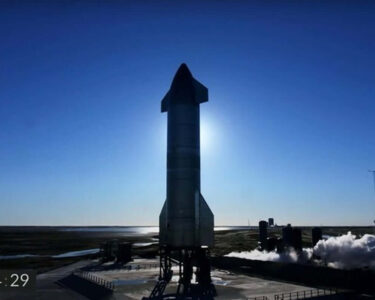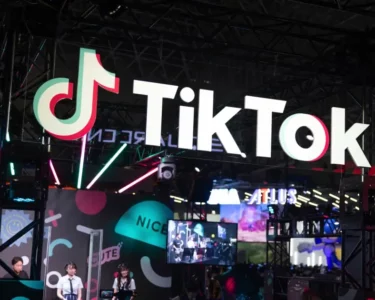SEOUL, July 26 (Reuters) – South Korea’s leading memory chip maker, SK Hynix (000660.KS), revealed on Wednesday that the memory chip market is finally showing signs of recovery from a prolonged downturn. This improvement has been buoyed by robust demand in the artificial intelligence (AI) sector, allowing SK Hynix to narrow its second-quarter operating loss compared to the previous record losses.
The company attributes the promising rebound to an upswing in memory chip demand from corporate buyers who are stocking up on AI data centers and gaming personal computers. The second half of the year is expected to witness further growth in demand for memory chips, especially from tech giants such as Microsoft (MSFT.O), who have laid out aggressive spending plans to meet the rising demand for their new AI services. This move comes after Microsoft reported a sharp increase in costs due to the construction of new data centers.
Myoungsoo Park, SK Hynix’s head of DRAM marketing, expressed confidence in the AI-driven demand, stating that they have long-range visibility into next year from their clients.
During the first half of the year, memory chip makers reduced production in response to falling prices caused by sluggish demand from buyers amid challenging economic conditions, leading to substantial writedowns of unsold stockpiles. While market conditions still vary depending on the type of chips, SK Hynix announced further cuts in NAND Flash chip production used for data storage by 5% to 10% due to high inventories and low profitability resulting from declining average sales prices.
In the second quarter, SK Hynix reported a significant operating loss of 2.9 trillion won ($2.28 billion), compared to a profit of 4.2 trillion won the previous year, driven by weak memory chip pricing and demand. Additionally, revenue plummeted 47% year-on-year to 7.31 trillion won in the same quarter.
However, the surge in demand for AI-related applications played a pivotal role in boosting the sales of high-end DRAM chips during the second quarter, contributing to narrowing the losses compared to the first quarter’s record figures. The company witnessed more than a doubling of demand for AI server memory in the second quarter compared to the first quarter. Notably, the average selling price of DRAM chips was higher in the second quarter than in the previous quarter.
SK Hynix stands as a market leader in high bandwidth memory (HBM) DRAM, a crucial component for the fast-growing field of generative AI. As of 2022, SK Hynix held an impressive 50% market share in HBM, followed by Samsung Electronics (005930.KS) with 40%, and Micron (MU.O) with 10%, as reported by TrendForce. The HBM technology enables chips used in generative AI to handle massive amounts of data at high speeds, making it indispensable for AI-related applications.
Industry experts predict that SK Hynix’s DRAM business will likely return to profitability in the fourth quarter, thanks to strong sales of premium products like HBM and high-density DDR5 chips. However, uncertainties remain concerning NAND Flash demand from Chinese mobile firms, which might continue to stagnate until the year-end, affecting the chip maker’s full return to profit.
To meet the projected demand growth and maintain market competitiveness, SK Hynix plans to increase its capital expenditure in 2024 compared to the current year. The company’s focus will be on adjusting the chip production mix according to market conditions rather than expanding overall capacity.
While SK Hynix shares initially showed gains, they eventually fell by 0.4% in morning trade, in contrast to the wider market’s (.KS11) 0.3% drop. Despite the company’s year-to-date share price increase of over 50%, analysts caution that a full market recovery for NAND Flash and older DRAM chip demand might take longer to materialize.
Samsung, the world’s largest memory chip maker, is set to report its detailed second-quarter financial results on Thursday, and investors are closely watching for further insights into the memory chip market’s trajectory.





